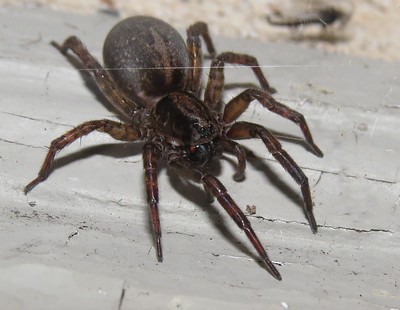It occurs to me that my vision for this blog, and audience expectations, may be somewhat divergent, and neither as easy to meet and execute as I would like. The world is changing rapidly, and, if anything, I feel myself slowing down. Allow me to posit some ideas for how to solve all of this.
Most days, it is a struggle to do much of anything, least of all writing. I find a “what’s the use?” mentality creep in. There is no question, in my mind, that insect abundance and diversity has markedly declined in the last decade. In the field I have to work harder just to find species that were once common. Consequently, I do not have photos of many species I would like to write blog posts about. Even supposedly common household pests like spider beetles, Cigarette Beetle, and Drugstore Beetle, I have yet to see. I have encountered a grand total of one (1) Blacklegged (deer) Tick, and got horrible photos.
My first ask is whether those of you who are photographers would be willing to share your images with me to build stories around. Not only is it a matter of simply depicting a given species, but also illustrating its behavior. Looking at posts on social media, many of my friends and followers have captured some truly unique species and various aspects of their life histories. Do not be shy. Please contact me (see below) if you want to share your work through this blog.
My e-mail often receives unsolicited offers to “guest post” on my blog, and I always turn those away. On occasion I have asked colleagues for permission to re-post something they have written in social media, a publication, or their own blog. My standards are pretty high, and this blog is a promotional device for no one. I am now re-thinking this a little.
Entomology has historically been inextricably entangled with colonialism, sexism, and racism. What we know of tropical species has been a product of white explorers, missionaries, and others who exploited indigenous peoples without giving fair credit and compensation. The specimens collected were deposited almost exclusively in museums in Europe, and later in the U.S. and Canada. Meanwhile, female entomologists, and non-Caucasian entomologists, have suffered for proper recognition, funding, and academic promotions.
This blog can be a vehicle for changing some of this. I hereby extend an invitation to women, indigenous persons, and all other non-white persons in entomology, to propose one or more guest posts for the Bug Eric blog. You need not be employed as an entomologist. You can be an enthusiastic amateur, a general naturalist, or someone who simply witnessed or recorded some arthropod-related experience that stuck with you. Maybe it is your child who is crazy about “bugs.” Let me hear about it. I still reserve the right of refusal, but I assure you I am serious about broadcasting voices previously muted by establishment authority figures. Op-ed pieces are also welcome.
Lastly, this blog is in dire need of solution-oriented content. How do we avert an “insect apocalypse?” How do we overcome the inertia of the lawnscape to craft a quilted landscape of native or near-native habitat on our own properties? What approaches are working already? Why are they working (in the political or economic sense)? Also, why does it seem that every positive suggestion eventually meets with stiff resistance or is undermined in some way? Bee condos, bee blocks, and insect hotels are suddenly a no-no, for example. How does this happen? How do we separate true experts from corporate hacks and trolls?
It is hard for me to believe that this blog began in over a decade ago. I simply and selfishly wanted to share my experiences and knowledge with no purpose other than entertainment and validation. Now it is a true community of “followers” who deserve something more, including a voice in the future direction of Bug Eric. Entomology encompasses so much, from science to art, that there is no shortage of material. Indeed, the greatest challenge may be that of focus, like seeing a single mayfly in the swarm.
Contact: bugeric247ATgmailDOTcom.








































